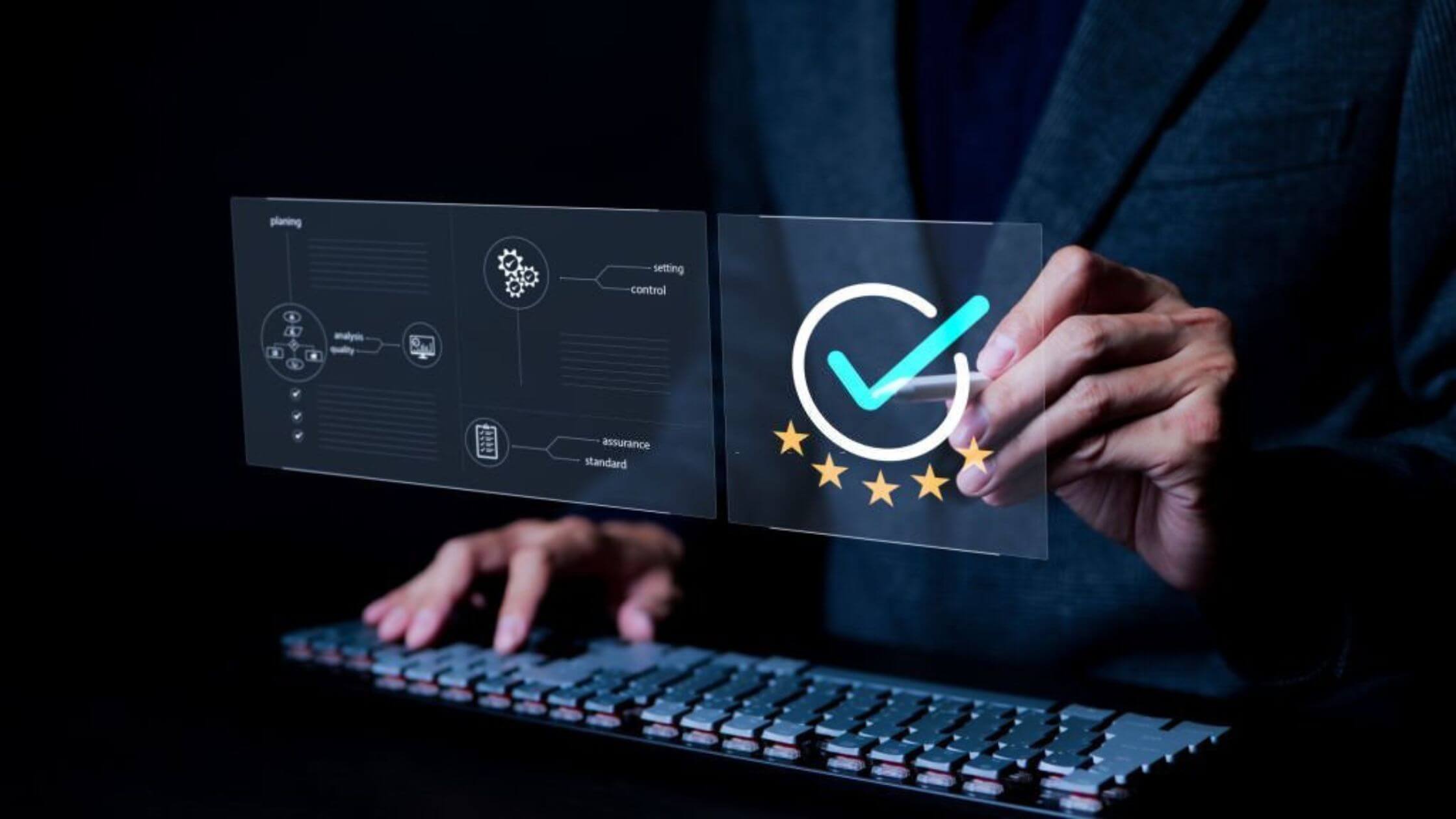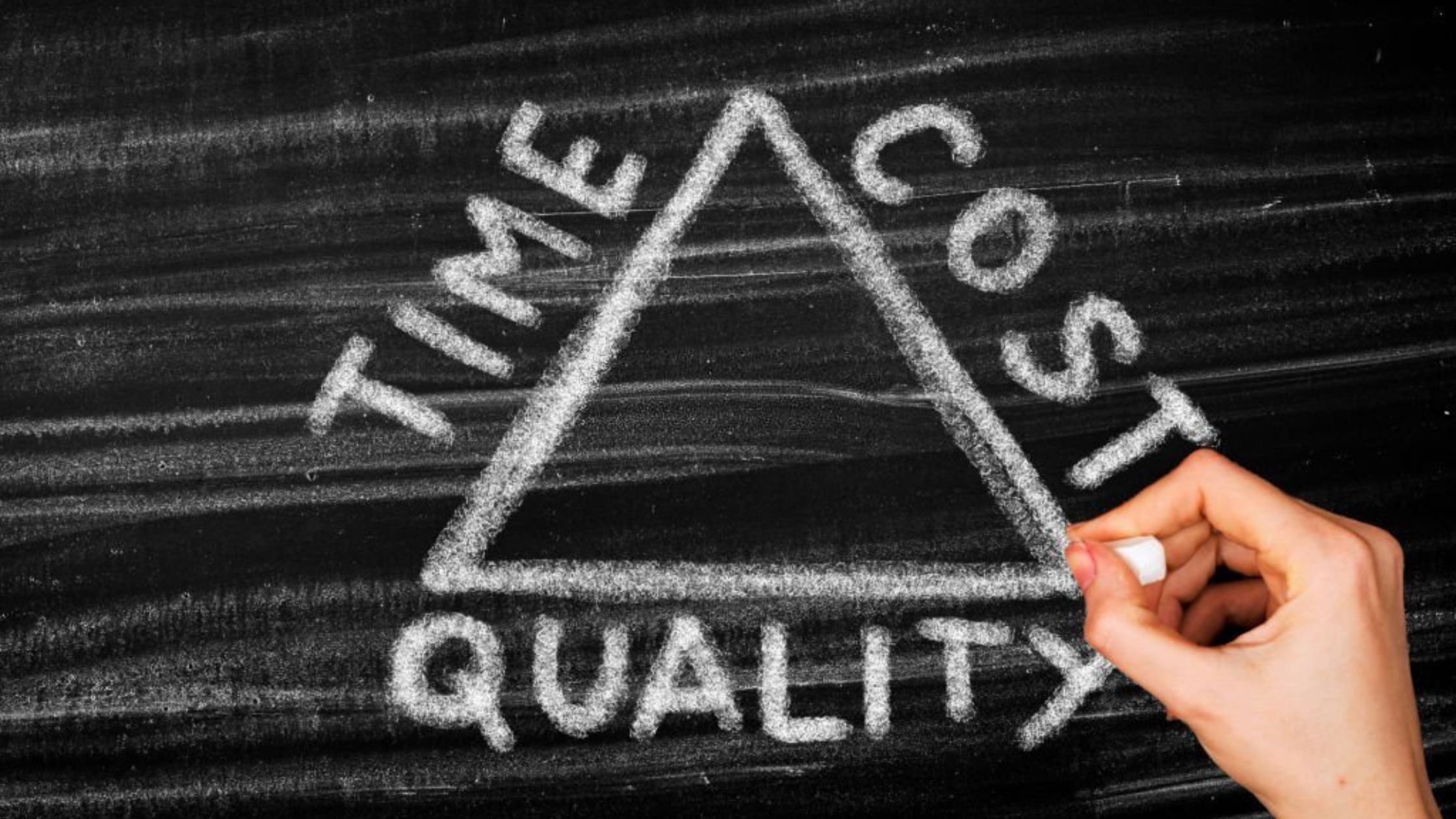

Effective service level management is crucial for delivering quality IT services and meeting customer expectations. Among the various components of service level management, service reports play a significant role in assessing service performance, identifying areas for improvement, and ensuring accountability.
In this article, we will delve into the when, why, and how of service reports in IT service level management, exploring their importance and providing insights into creating effective reports.
Understanding Service Reports:
Service reports are comprehensive documents that provide detailed information about the performance, availability, and quality of IT services. These reports are typically generated at regular intervals, such as monthly, quarterly, or annually, and serve as a means of communication between service providers and customers.
The Importance of Service Reports:
Service reports serve several important purposes:
1. Performance Assessment:
Service reports provide a snapshot of service performance, enabling service providers to assess whether they are meeting the agreed-upon service level targets. By comparing the actual performance against the defined targets, service providers can identify areas of improvement and take proactive measures to enhance service delivery.
2. Customer Communication:
Service reports play a vital role in communicating the value of IT services to customers. These reports provide transparency and help build trust by showcasing the value and benefits customers derive from the services. Service reports also facilitate discussions between service providers and customers regarding service performance, issues, and future enhancements.
3. Continuous Improvement:
Service reports serve as a foundation for continuous improvement initiatives. By analyzing the data and insights presented in the reports, service providers can identify trends, patterns, and recurring issues. This information can be used to drive process improvements, optimize resource allocation, and enhance overall service quality.
Components of an Effective Service Report:
An effective service report should contain the following components:
1. Service Performance Metrics:
Include key performance indicators (KPIs) and metrics that provide an objective view of service performance. This may include metrics such as service availability, incident response time, mean time to resolve (MTTR), and customer satisfaction scores.
2. Analysis and Insights:
Present a detailed analysis of the performance metrics, highlighting trends, patterns, and areas requiring attention. Provide insights into the root causes of performance issues and suggestions for improvement.
3. Actions Taken and Planned:
Outline the actions taken in response to previous reports and their impact on service performance. Additionally, include planned actions for future periods to address identified issues or improve service levels.
4. Service Level Agreement (SLA) Compliance:
Evaluate the service provider’s compliance with the agreed-upon SLAs. This includes assessing whether the service targets were met and, if not, providing explanations and corrective measures.
5. Customer Feedback:
Incorporate customer feedback and testimonials to showcase the customer perspective on service quality and performance. Include any testimonials or success stories that demonstrate the value delivered by the IT services.
Creating Effective Service Reports:
To create effective service reports, consider the following guidelines:
1. Define Clear Objectives:
Identify the purpose and objectives of the service report. Determine what insights and information are crucial for both service providers and customers to evaluate service performance and make informed decisions.
2. Use Visualizations:
Present data and insights in a visually appealing manner. Utilize charts, graphs, and diagrams to make complex information more understandable and accessible.
3. Provide Actionable Recommendations:
Accompany performance analysis with actionable recommendations for improvement. These recommendations should be practical, measurable, and aligned with the organization’s strategic goals.
4. Tailor Reports to Audience:
Consider the needs and preferences of different stakeholders when creating service reports. Customize the level of detail and format to ensure the report effectively communicates relevant information to each audience.
5. Ensure Timeliness and Consistency:
Deliver service reports in a timely manner, adhering to the agreed-upon reporting schedule. Consistency in report structure and content helps stakeholders understand and compare performance across different periods.
Checklist for an IT service report
Because service reports require comprehensive data, reviewers must include all necessary information into the service report. The following checklist can be used to streamline service report content:
- Identify the IT service provider
- The date and time the review was performed
- The time period covered for the submitted review
- The individual in charge regarding the review.
- Th representatives for: the user, business, and IT service provider
- Summary of the level of service
- An accounting of any exceptional events
- A summary of the service level
- Report on exceptional situations
- Compliments and complaints from customers
- Areas which need improvement. These areas should be referred to in improvement initiatives. These initiatives should be addressed as changes toward the service, to its processes, or to any agreements made with the customer.
The use of the checklist helps to standardize the workflow.
A SLAM Chart at the Service Level
A SLAM chart is a type of SLA monitoring chart used to highlight service performance. It’s a useful snapshot to include at the front of the report, because it quickly outlines service performance. With a SLAM chart, a visual representation of whether services did or did meet the service targets.
Sign-up for a 7-day free trial! Try the first two modules of Brain Sensei’s story-based PMP and CAPM Exam Prep courses and a mini practice exam and see how it all works
Conclusion:
Service reports are an integral part of IT service level management, providing valuable insights into service performance and facilitating communication between service providers and customers. By understanding the importance of service reports and following best practices in creating them, organizations can enhance service delivery, drive continuous improvement, and meet customer expectations.
Have you led projects and are looking to earn a project management certification? You might be interested in learning about how lucrative this can be. Check out these articles.
13 PMP Benefits Once You Get The PMP Certification
No experience leading projects but still want to get into project management? No problem! Check out these articles.
CAPM Certification Eligibility
What is a Certified Project Manager; How do I get PM Certifications


